St Nectan's Glen
PILGRIMAGE UK: HOLY PLACES
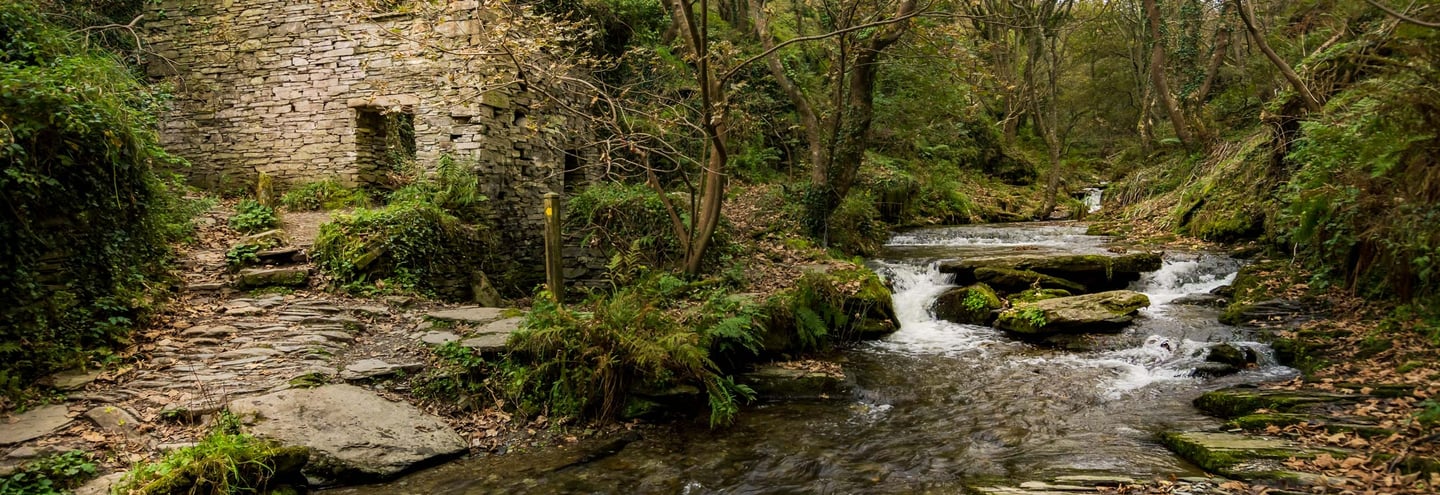

St Nectan’s Glen, nestled in the heart of Cornwall near Tintagel, is a place where myth and nature have blended over centuries to create an aura of mystique and tranquillity that captivates the soul. This ancient woodland, with its gentle, meandering paths and its magical waterfall known as St Nectan’s Kieve, is a refuge for those seeking to reconnect with the spirit of the land and the timeless whispers of legend.
According to local tradition, the glen takes its name from St Nectan, a Celtic saint whose life and lore have been entwined with the landscape for over a millennium. Though much of the saint’s biography has been shaped by later Victorian romanticism, many who visit the glen believe that St Nectan’s presence still lingers in the air. It is said that, in the sixth century, St Nectan established a hermitage in this secluded valley, drawn by the natural beauty and the raw, untamed energy of the land. The legend goes that he rang a silver bell to warn mariners of the perilous rocks offshore, an act that has been immortalised in local folklore and imbues the glen with a palpable sense of the miraculous.
The immediate star of the glen is St Nectan’s Kieve, a spectacular waterfall that cascades some sixty feet through a natural, circular aperture in the rock. The sight of the rushing water tumbling through the carved stone is nothing short of awe-inspiring, and many visitors stand in silent admiration, taking in the raw power and artistic precision of nature’s design. The water, clear and ever-flowing, is believed by some to possess restorative qualities—a physical echo of the spiritual renewal that countless pilgrims have sought here over countless generations.
Wandering through this sacred woodland, you will soon notice the extraordinary interplay of light and shadow. As the sun rises, golden streaks filter through the dense canopy, casting dappled patterns over moss-clad boulders and meandering streams. Later in the day, the fading light creates a soft, contemplative ambience that invites quiet reflection. It is as though the glen itself is alive with the deliberate hand of a divine artist, each ray of light choreographing an eternal dance with the roving mists and the gentle rustle of leaves.
The natural beauty of St Nectan’s Glen extends far beyond the dramatic spectacle of the waterfall. The woodland is a living mosaic of ancient trees, vibrant ferns and delicate wildflowers, their colours enriched by the damp, sheltered environment of the glen. The air is heavy with the scent of earth and water, a perfume that speaks of cycles of renewal and the cyclical nature of life. In winter, a light frost may embellish the scene—a quiet, crystalline reminder of nature’s capacity to transform even the darkest days into moments of stark, breathtaking beauty.
For the modern pilgrim, St Nectan’s Glen offers far more than a visual feast; it provides a sanctuary of peace and solitude, where one may withdraw from the ceaseless pace of modern life and rediscover a wellspring of inner calm. Walking along the winding paths, each step taken in quiet contemplation becomes an act of worship—a personal dialogue with the ancient spirit of the land. Here, the clamor of everyday life dwindles to nothing, replaced by the gentle cadence of nature’s rhythm: the constant murmur of the waterfall, the soft whisper of the wind coursing through the trees, and the occasional distant cry of a woodland bird.
Among the glen’s trails, there is a certain timelessness that invites deep reflection on the interplay between myth and reality. As you pass under ancient, arching branches and over cobbled paths worn smooth by the passage of countless feet, you cannot help but ponder the legacy of those early hermits. What might have St Nectan experienced in these quiet hours of solitude? One can imagine him seated in silent prayer beside the roaring cascade, his spirit intertwined with the life force of the glen as he meditated on the mysteries of faith and nature. It is a meditation that continues to resonate with each visitor, offering a gentle reminder that our modern struggles and triumphs echo the eternal human quest for meaning.
The history of St Nectan’s Glen is further enriched by its enduring connection to the rituals of pilgrimage. For generations, travellers from near and far have journeyed to this hallowed place, drawn by the promise of healing, inner peace, and the transformative power of experiencing nature in its most unadulterated form. Some come seeking the reputed curative energies of the water, while others are compelled by the simple beauty and solitude of the glen. Regardless of their motives, all who set foot on this path leave a piece of their personal story amid the ancient stones and verdant foliage.
What is particularly moving is the way the glen seems to speak to both the solitude of modern existence and the deep communal bonds of past traditions. In our current age, where digital noise and urban bustle often overwhelm the senses, St Nectan’s Glen is a tranquil retreat—a place where timeless natural beauty offers a counterpoint to modern distraction. As you stand at the base of St Nectan’s Kieve, watching the water roil and swirl as it descends through the rugged rock, you can feel a profound connection not only to the ancient hermit who once found solace here, but also to all those who have walked this path in search of solace and inspiration.
In quiet moments of reflection, you may find yourself pausing to tie a ribbon to a low branch or leave a small token of remembrance on a moss-covered stone—a silent offering that joins countless others in the collective ritual of pilgrimage. Each gesture, no matter how simple, is imbued with a sense of continuity: the ongoing conversation between the past and the present, between legend and lived experience. Here, amid the whispering trees and the perpetual song of the waterfall, centuries of devotion coalesce into an intimate communion that transcends time.
Moreover, the glen’s enduring beauty is a reminder that the spiritual and the natural are not separate, but interwoven. It is in the soft shimmer of sunlight on the water, in the reflective calm after a brisk wind has passed, and in the quiet murmur carried by the glen that one understands the true nature of a sacred space—it is a place where every element, from the smallest leaf to the thunderous roar of the cascade, participates in a divine symphony that resonates within the soul.
In a world where schedules are packed and moments of quiet reflection are fleeting, St Nectan’s Glen offers a welcome invitation: to slow down, to breathe deeply and to engage in a mindful communion with nature and history. There is a simple, unadorned charm to the glen that calls you back to a state of wonder and humility. Here, you are free to contemplate the beauty of the natural world, to absorb the lessons of endurance and renewal, and to reflect on your own journey through life—a journey marked by its own trials and triumphs, much like the ancient glen itself.
Visiting St Nectan’s Glen is more than a mere excursion into a picturesque valley. It is an immersion into a living legend—a transformation of the ordinary into something profound and transcendent. The enduring summons of the waterfall, the quiet testament of centuries-old woodlands, and the soft murmur of the earth beneath your feet serve to guide the modern pilgrim toward a deeper understanding of what it means to be part of an ancient, ever-evolving tapestry of faith and nature.
As you eventually leave the glen, carrying with you the peace and solitude gleaned from its quiet corners, the memory of this sacred place remains indelibly imprinted on your soul. It is a memory of a site where myth meets reality, where the natural world nurtures the spirit, and where the gentle spirit of St Nectan endures—a beacon of hope, reflection and timeless beauty that continues to call out to all who are willing to listen.
St Nectan’s Glen: A Sacred Sanctuary of Myth, Nature and Reflection

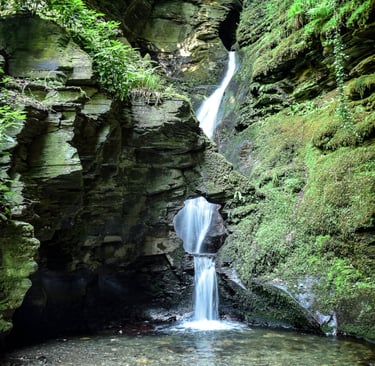
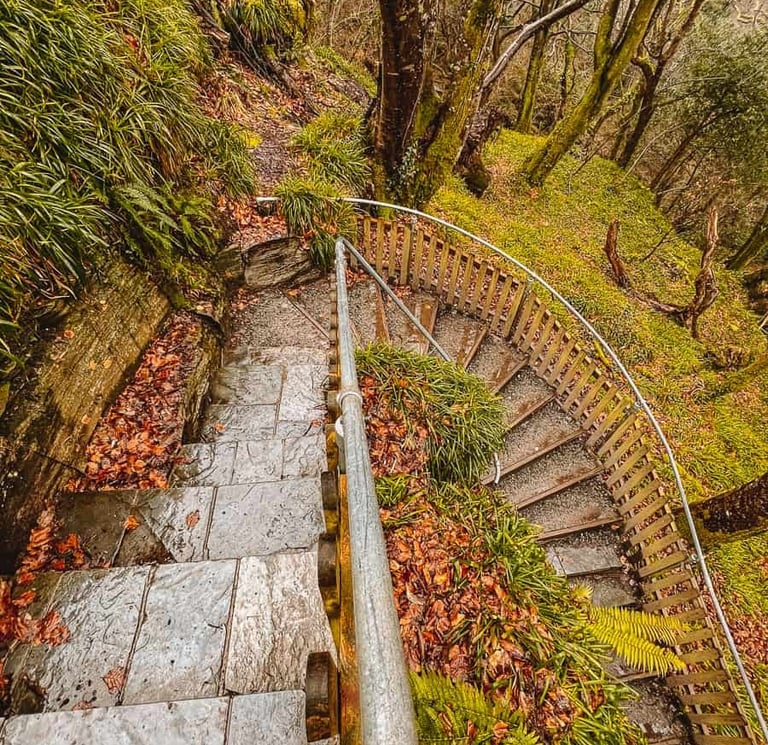

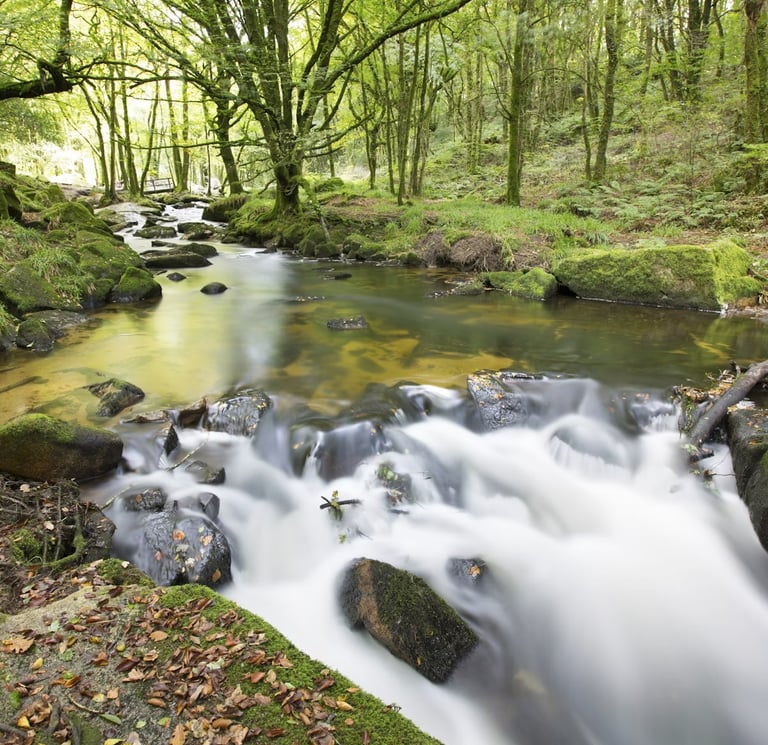


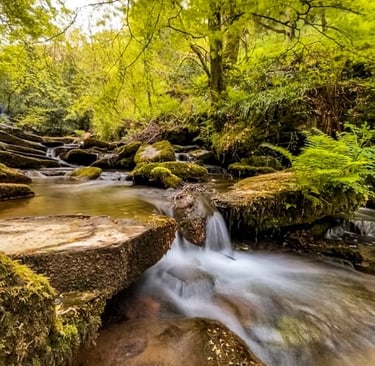
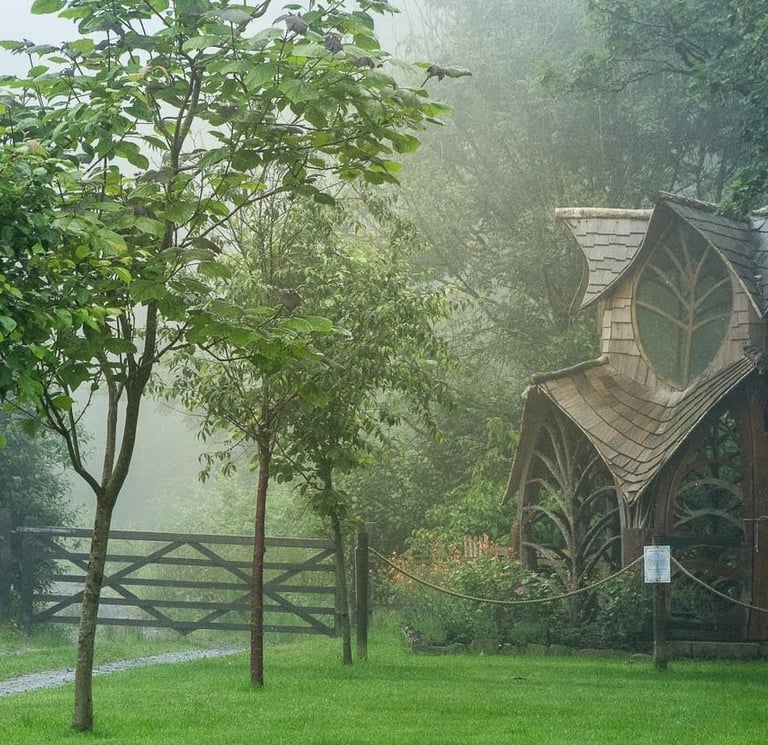

Ancient Apostolic Catholic Church
Embracing faith, inclusion, and compassionate service together.
ST THOMAS AQUINAS SEMINARY
© 2025. All rights reserved
QUICK LINKS
